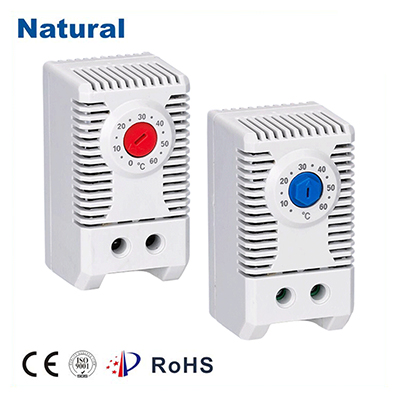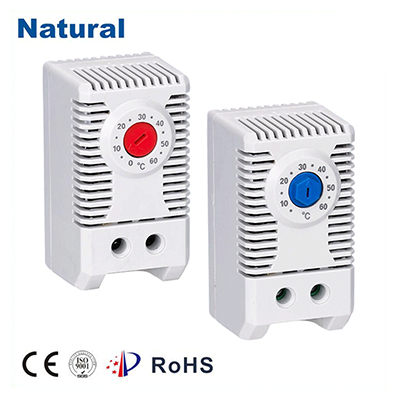A bimetal thermostat is a temperature-sensitive device that plays a critical role in managing the heat within a wide range of applications, from household appliances to industrial machinery. It utilizes the physical properties of two different metals to control temperature through a mechanism known as thermal expansion. Despite its simplicity, this thermostat remains an essential tool in modern engineering, offering a reliable, cost-effective solution to maintain optimal operating temperatures.

How Does a Bimetal Thermostat Work?

At the core of a bimetal thermostat lies a unique combination of two metals with distinct thermal expansion rates. These metals are typically fused together in the form of a strip or disc. The basic concept is simple: when the temperature changes, the metals expand at different rates, causing the strip or disc to bend. This bending motion is used to activate or deactivate an electrical switch, which either turns on or off a heating or cooling element. The metal strip’s bending occurs because one metal expands more than the other when subjected to heat. For example, if the temperature rises, the metal with the higher coefficient of expansion will elongate more, causing the entire strip to bend. This bending action can be used to trigger a switch that interrupts or completes the electrical circuit, either powering down a heating element when the desired temperature is reached or turning it back on when the temperature drops below the set point.
